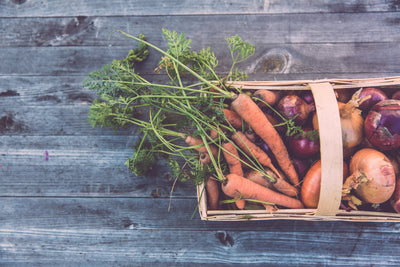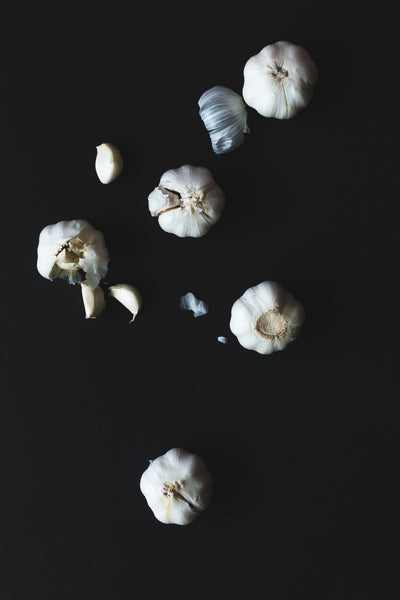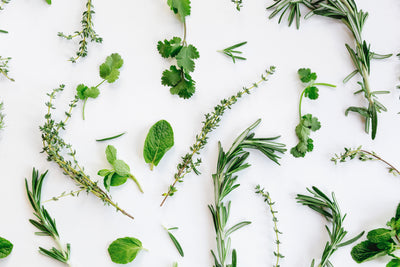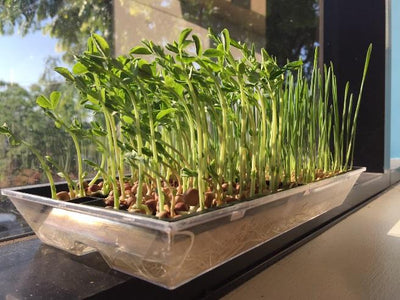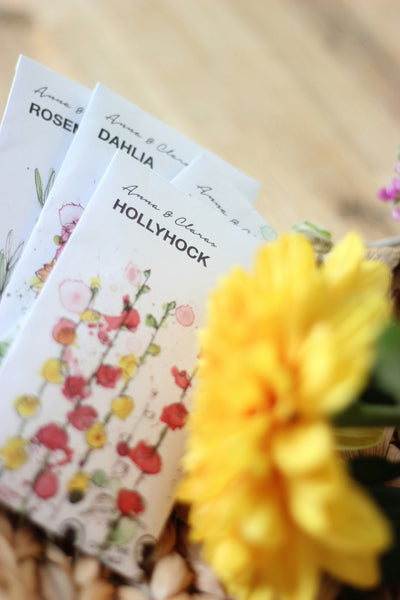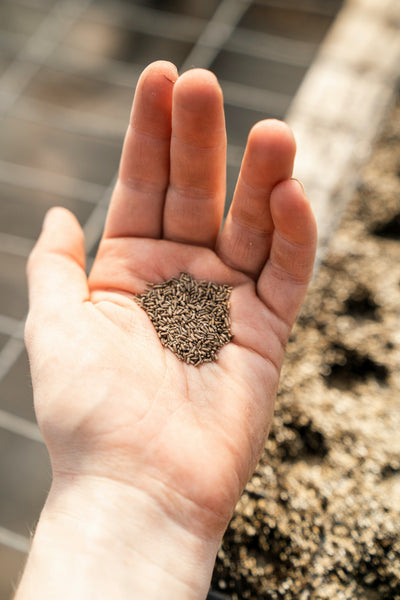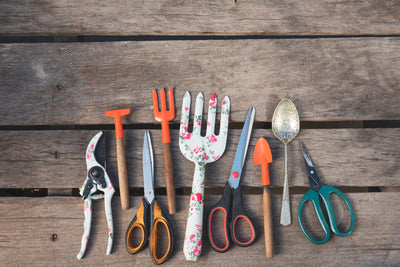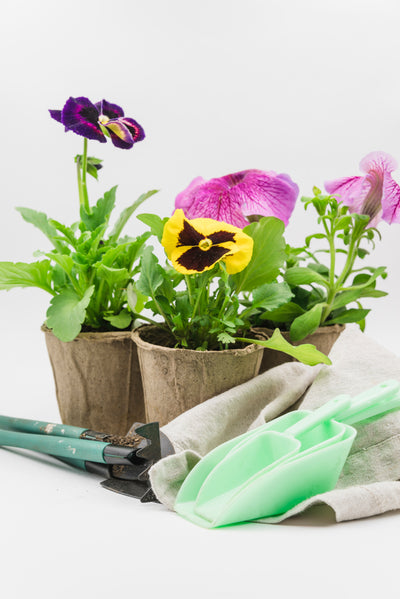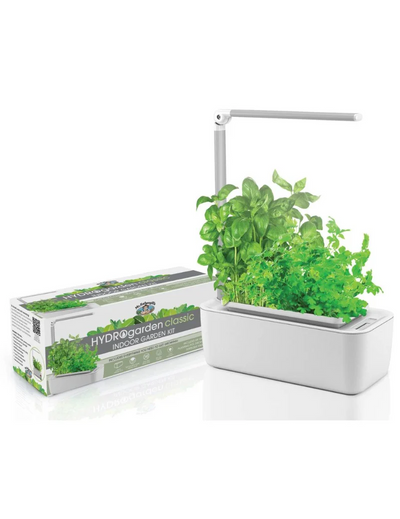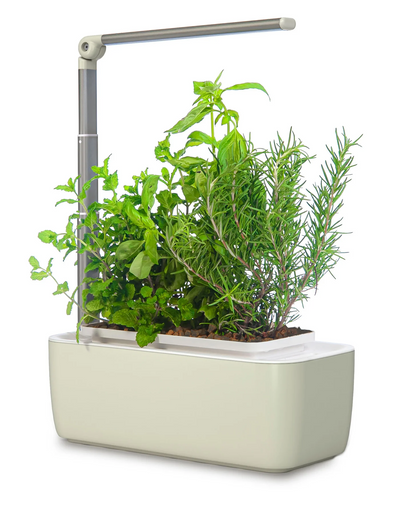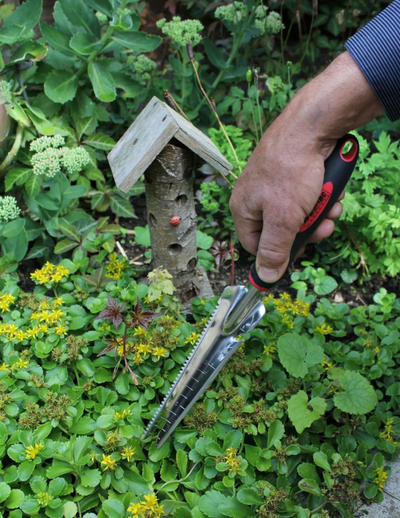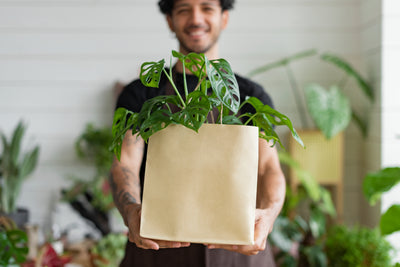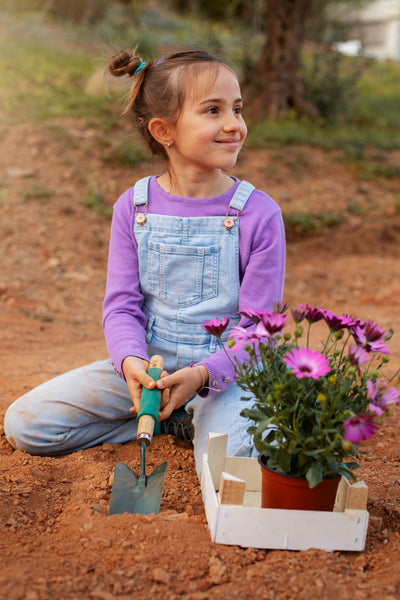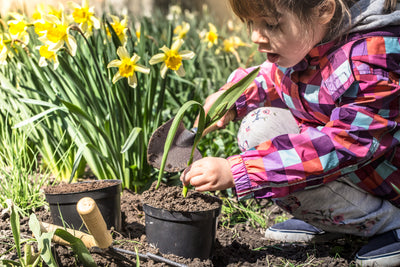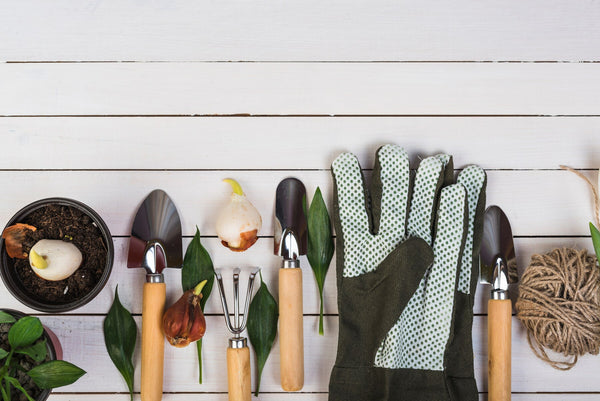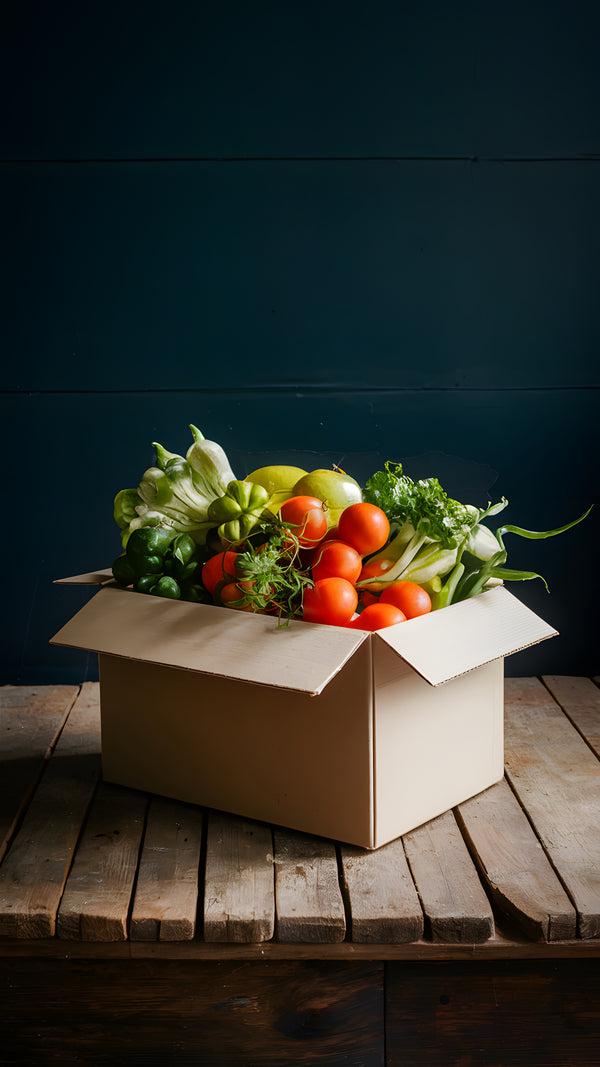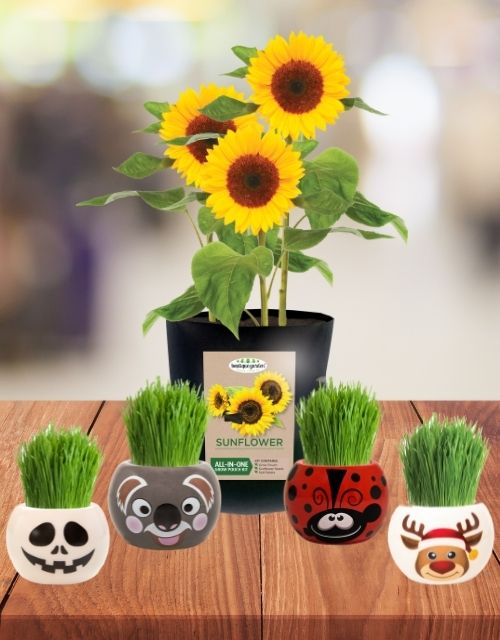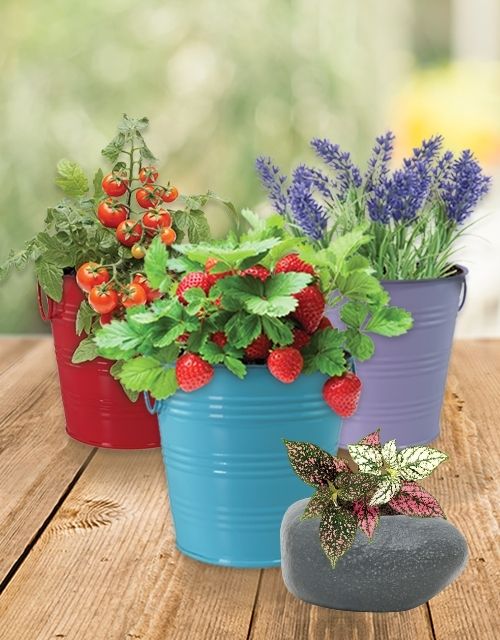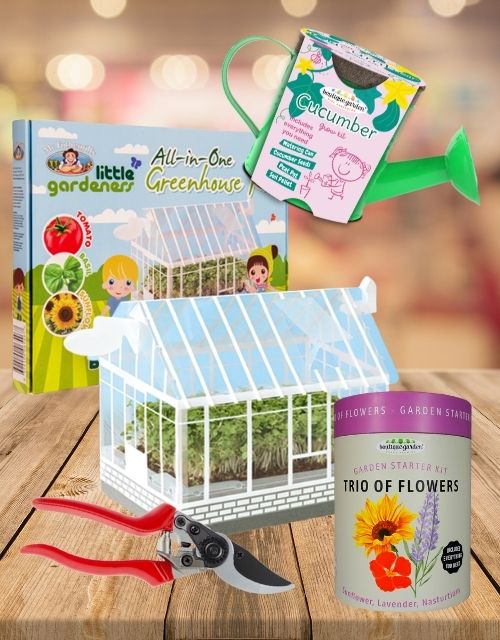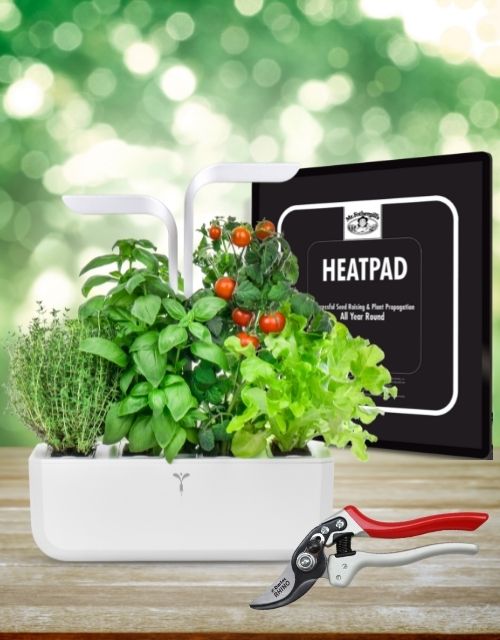Glass Grow Vase Growing Instructions
Congratulations on your new Glass Grow Vase. There are so many ways you can use your stylish new vase. Here are just a few ideas to get you started:
Displaying cut flowers
- Remove top plate and fill vase with fresh tap water.
- Cut bouquet stems and arrange in the vase.
- Refresh the water daily and recut stems every other day for longest vase life.

Propagating indoor plants or herbs
- If the plant is a vining plant, cut just below a node (small bump on stem).
- If the plant grows new leaves from the ground, dig up the plant and split off a section that has roots. Gently wash any water away from the roots.
- Fill vase with fresh tap water.
- Insert plant base into the top plate. If it is a vining plant, make sure at least one node is submerged in the water. For other plants, ensure the roots and very base of the plant is submerged in the water. Do not submerge the leaves.
- Change water about once a week until new roots begin to grow.
- Once new roots begin to grow you can add hydroponic suitable fertiliser to the vase.
- Plants can be grown like this with added fertiliser long term or potted up once there is adequate root development. If potting up, keep plants well-watered while they adjust from hydroponic growing to soil.

Forcing Bulbs
- Some bulbs such as Hyacinths, Tulips & Daffodils require pre-chilling to force them to flower in a vase. Chill in a paper bag in your fridge for 13 to 16 weeks, keep away from ripening fruit to avoid damaging the bulbs.
- Place bulb in top plate with root base facing down.
- Fill vase with fresh tap water.
- Ensure water level is close to but not touching the base of the bulb.
- Keep an eye on the water level in your vase often, topping it up as required. When the roots sprout from the bulb they will start to soak up more moisture. Keep the roots submerged in water.
- Once the bulb has finished flowering, you can plant out in the garden for the chance of more flowers next year!

Avocado seeds
- Thoroughly clean avocado seed with water.
- Place avocado seed in the top plate with the root base facing down.
- Fill vase with fresh tap water.
- Ensure water level is just touching the base of the seed but do not submerge.
- Keep an eye on the water level in your vase often, topping it up as required. When the roots sprout from the seed they will start to soak up more moisture.
- Once new roots begin to grow you can add hydroponic suitable fertiliser to the vase.
- Avocados can be grown like this with added fertiliser long term or potted up once there is adequate root development. If potting up, keep plants well-watered while they adjust from hydroponic growing to soil. Avocados will not fruit in the vase and take 8-10 years to fruit once grown in soil.
Mango seeds
- Thoroughly clean mango seed with water. Try and remove as much fruit pulp as possible.
- Dry seed in a shady spot for 1-2 days.
- Cut into the rough outer husk by cutting the stalk of the fruit to make an opening and then carefully cutting around the edge of the seed casing. Be careful not to damage the embryo inside.
- Place mango embryo in the top plate with the concave edge facing down. Stones can assist with keeping it the right way up.
- Fill vase with fresh tap water. Ensure water is touching the two base ends.
- Keep an eye on the water level in your vase often, topping it up as required. When the roots sprout, they will start to soak up more moisture.
- Once new roots begin to grow you can add hydroponic suitable fertiliser to the vase.
- Mangoes can be grown like this with added fertiliser long term or potted up once there is adequate root development. If potting up, keep plants well-watered while they adjust from hydroponic growing to soil. Mangoes will not fruit in the vase and take 8-10 years to fruit once grown in soil.

Pineapple tops
- Cut off the leafy top from a pineapple about 1.5cm below the leaves.
- Remove some of the lowest leaves and trim the outer portion of the pineapple until you see root buds which are small white or brown bumps along the stems edge.
- Fill vase with fresh tap water. Ensure water is touching the base stem of the pineapple but is not touching any of the leaves.
- Keep an eye on the water level in your vase often, topping it up as required. When the roots sprout, they will start to soak up more moisture.
- Once new roots begin to grow you can add hydroponic suitable fertiliser to the vase.
- Pineapples can be grown like this with added fertiliser long term or potted up once there is adequate root development. If potting up, keep plants well-watered while they adjust from hydroponic growing to soil. Pineapples will not fruit in the vase and take 2-3 years to fruit once grown in soil.
Sweet potato
- Leave sweet potato is a cool place out of direct sunlight until it forms sprouts.
- Remove top plate.
- Place sweet potato in the vase base with the sprouting end facing up.
- Fill vase with fresh tap water until it just covers the base of the sweet potato root.
- Keep an eye on the water level in your vase often, topping it up as required. When new roots sprout, they will start to soak up more moisture.
- Once new roots begin to grow you can add hydroponic suitable fertiliser to the vase.
- Sweet potatoes can be grown like this with added fertiliser long term or potted up once there is adequate root development. If potting up, plant the whole potato and roots underground and leave the shoots exposed. Sweet potatoes will not grow more tubers in the vase and take 3-4 months to produce tubers once grown in soil.


